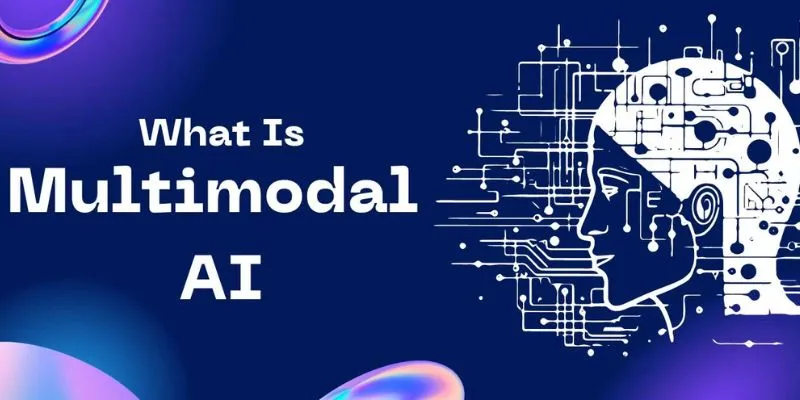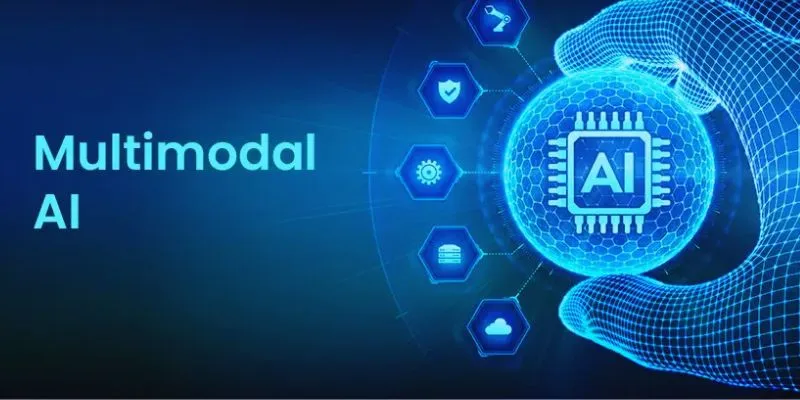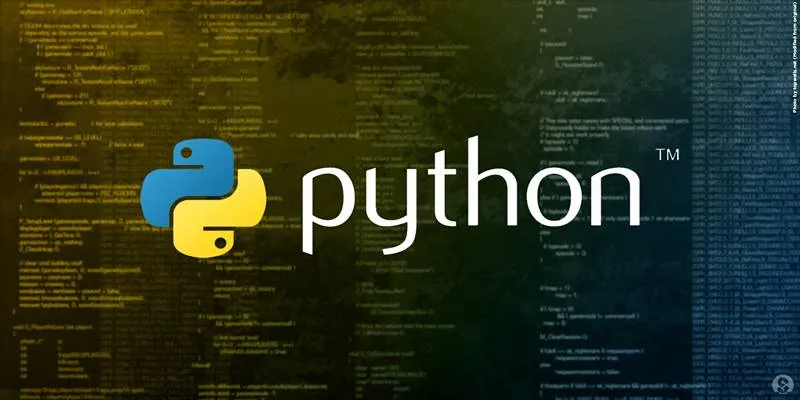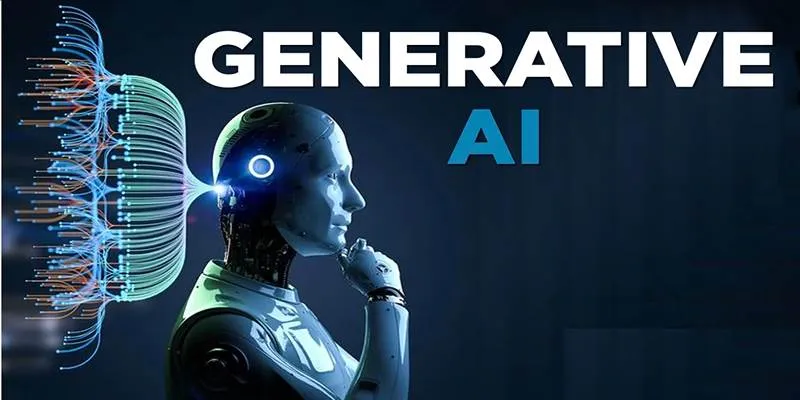Artificial intelligence is revolutionizing how machines perceive their environment. One fascinating type is multimodal artificial intelligence, which allows machines to handle text, images, sound, and video collectively. Just as humans rely on multiple senses, multimodal AI leverages various data types to achieve a deeper understanding, resulting in faster, smarter, and more practical machines. You’re likely using this technology every day without even realizing it.
Powerful technologies such as voice assistants, intelligent search engines, and chatbots benefit from multimodal AI. It helps them understand user intentions and improve their responses. As a result, apps developed with this technology are becoming more personalized and useful. In this guide, we’ll explore how multimodal AI works, where it’s utilized, and why it’s significant.
What Is Multimodal AI?
Multimodal artificial intelligence is a sophisticated form of AI capable of processing multiple types of inputs simultaneously. These inputs include text, images, audio, video, and even sensor data. By integrating these diverse inputs, rather than focusing on just one type, multimodal AI enables machines to understand events more fully and accurately. Consider how humans perform: we use a combination of vision, hearing, and other senses to grasp what’s happening in our environment.
Multimodal AI aims to replicate this for machines. Unlike single-modal AI, which operates on one data type, multimodal AI combines various inputs to produce more intelligent and useful outputs. This approach gives AI more human-like, adaptable, and practical capabilities.

How Does Multimodal AI Work?
Multimodal AI uses deep learning and neural networks to connect different data types. It begins by collecting data from various sources, such as images, text, audio, and video. Each type of data is then transformed into machine- readable patterns. For instance, an image might be converted into a numerical matrix, while a sentence might become another set of numerical patterns. The AI system then links these patterns to derive meaning.
This process allows AI to consider multiple data sources by embedding them into a unified understanding. Once the data is embedded, the system can better match and respond to it. For example, it can select the appropriate caption for an image. Some AI models are trained using vast amounts of data from diverse sources, known as foundation models, which enhance their ability to perform various complex tasks efficiently and accurately.
Key Benefits of Multimodal AI
Here are the primary advantages of multimodal AI that enhance machine understanding, accuracy, and user interaction:
- Better Understanding: By “seeing” and “hearing,” AI can achieve a more comprehensive understanding of objects and events by combining information from multiple sources, offering a complete view of situations.
- Improved Accuracy: By aggregating text, images, and sounds, AI can deliver superior results, reducing errors and ensuring more reliable predictions and responses.
- Real-World Applications: Multimodal AI excels in real-world scenarios such as homes, hospitals, schools, and more, due to its adaptability to various environments and tasks.
- Enhanced Interaction: Users can interact with AI in multiple ways, such as through text, images, or voice, with AI understanding and responding to all these input types.
- Smarter Machines: The integration of various data types helps AI systems learn more quickly and effectively, allowing them to adapt over time and become more intelligent and capable.

Components of a Multimodal AI System
Below are the critical components of multimodal AI systems:
- Data Collection: The system collects information from multiple sources, including text, images, and audio, to provide comprehensive insights.
- Preprocessing: Each data type is processed differently. Text, images, and audio require unique preparation methods for analysis, ensuring high-quality data for AI to work with.
- Feature Extraction: Essential features are extracted from raw data. AI identifies key information from text or images, focusing on what’s crucial and filtering out irrelevant content.
- Fusion Models: Fusion models combine extracted features into a unified form, enabling the AI system to comprehend the complete picture by linking diverse data types.
- Decision Making: Once data is fused, AI makes decisions based on it, classifying data, predicting outcomes, or responding appropriately, thus producing accurate results from integrated data inputs.
Challenges of Multimodal AI
Developers face several challenges when building accurate, efficient, and secure multimodal AI systems:
- Data Matching: Ensuring precise alignment of music, images, and text can be difficult, requiring thorough examination for notable outcomes.
- Large Datasets Required: Training multimodal AI demands vast datasets, which can be time-consuming and challenging to obtain and label correctly for effective training and performance.
- High Computing Power: AI models necessitate robust hardware for operation and training, capable of handling complex computations and large data volumes. Insufficient computing power can hinder reliable results.
- Privacy Concerns: Utilizing personal data in AI raises security and privacy issues. AI systems must comply with privacy regulations and protect sensitive information to maintain user trust.
Conclusion
Multimodal artificial intelligence is revolutionizing how machines process and understand data. By integrating text, images, audio, and more, it enables the creation of smarter, more accurate responses, enhancing machine learning and user interfaces. Despite challenges like data alignment, large datasets, and privacy concerns, multimodal AI will play an increasingly vital role as AI continues to develop, making machines more intelligent and adaptable to human needs.
 zfn9
zfn9























